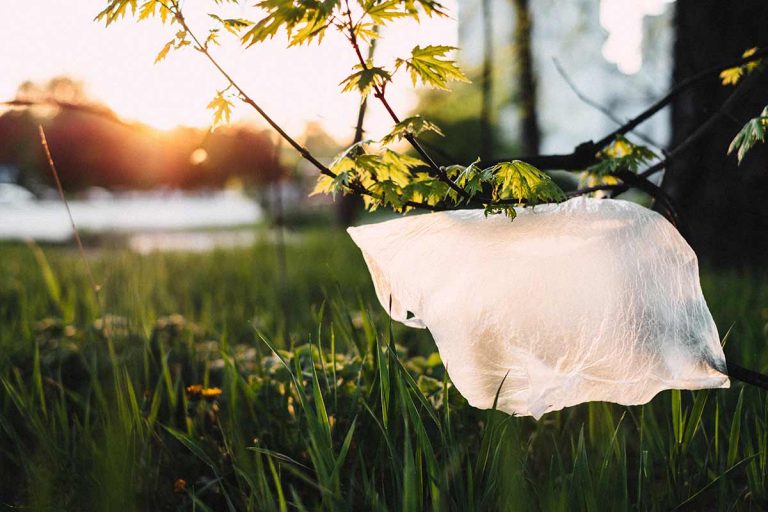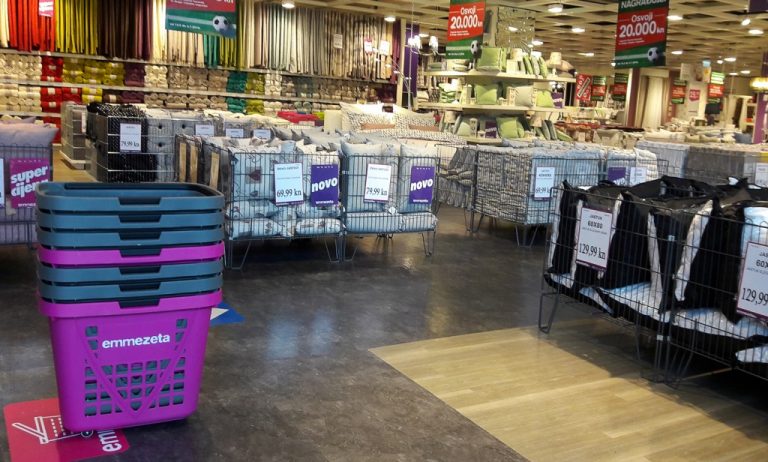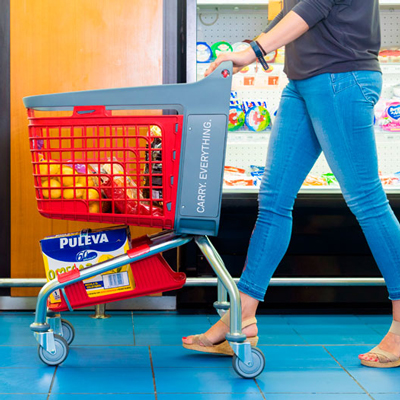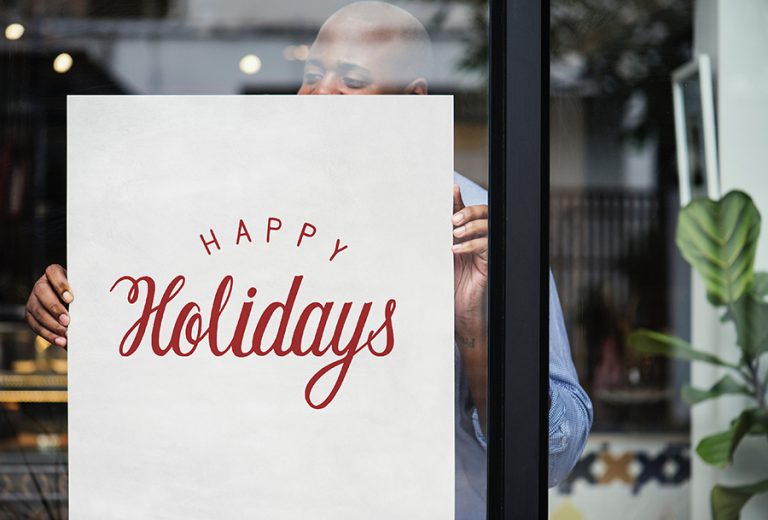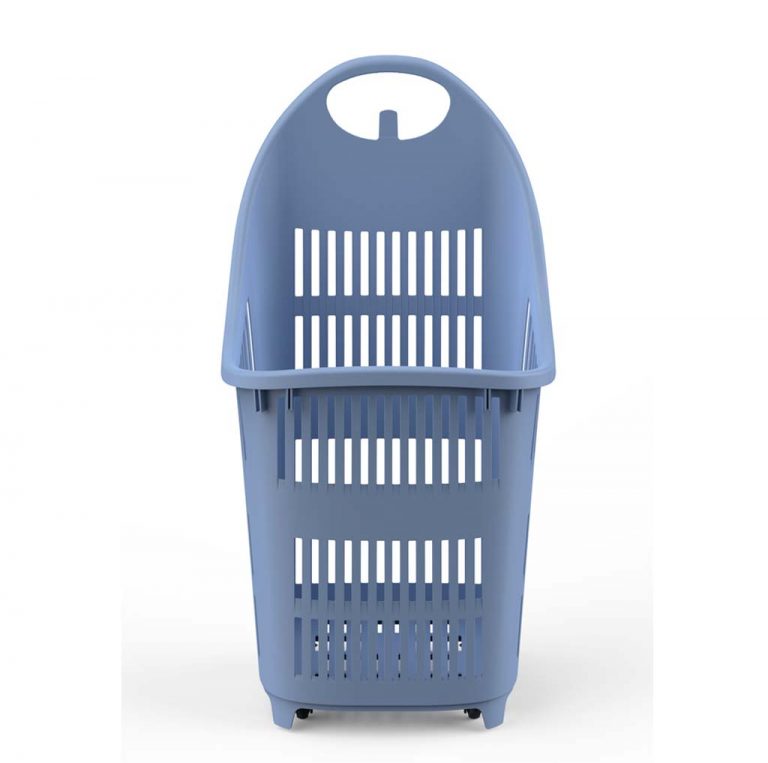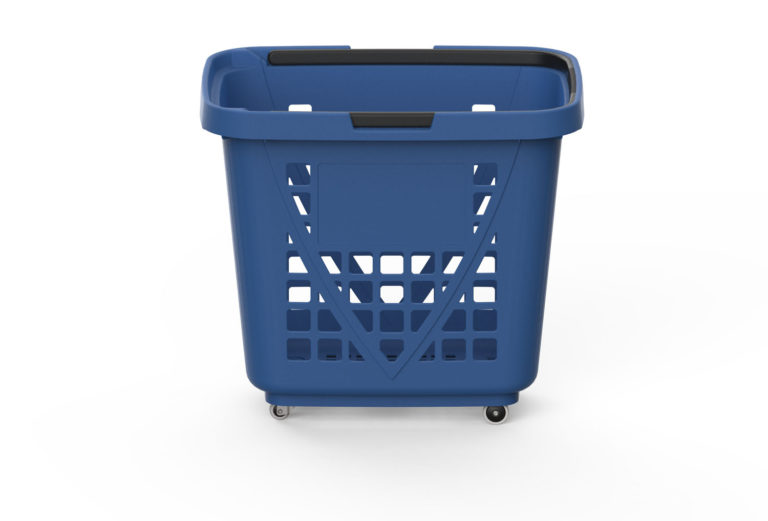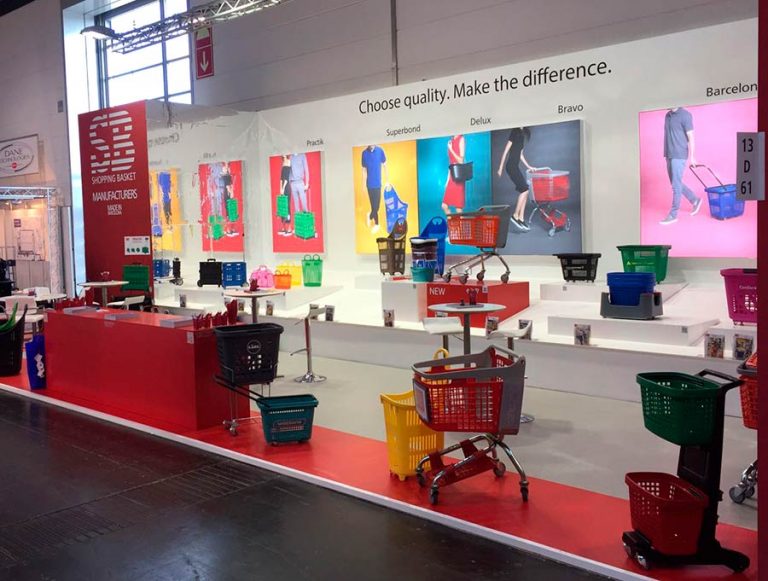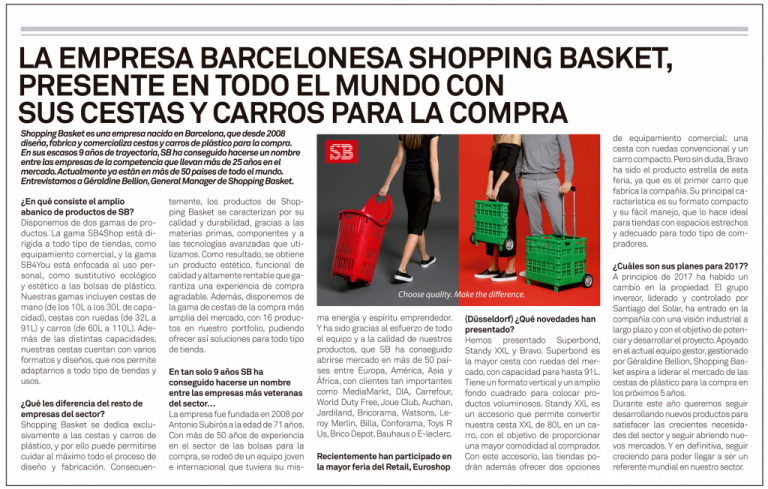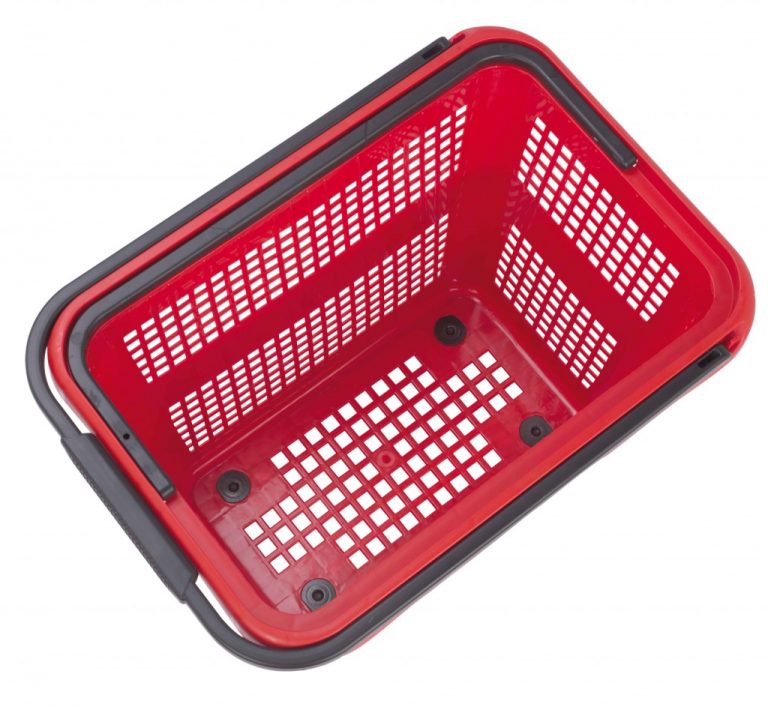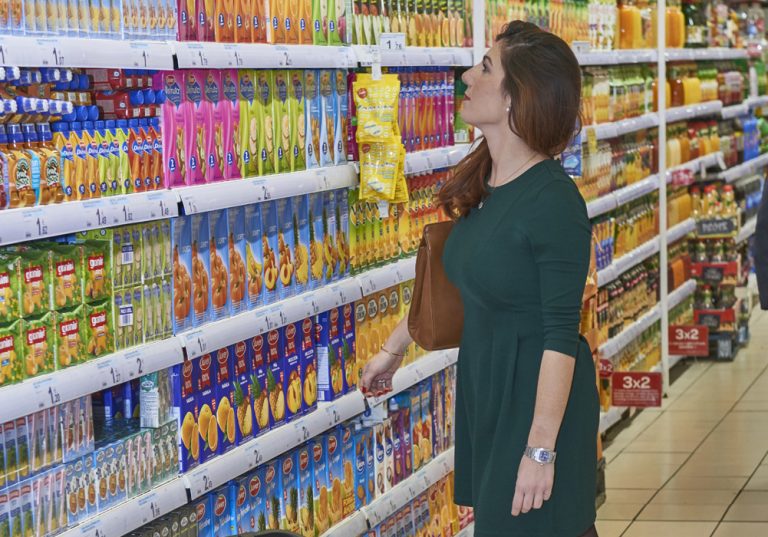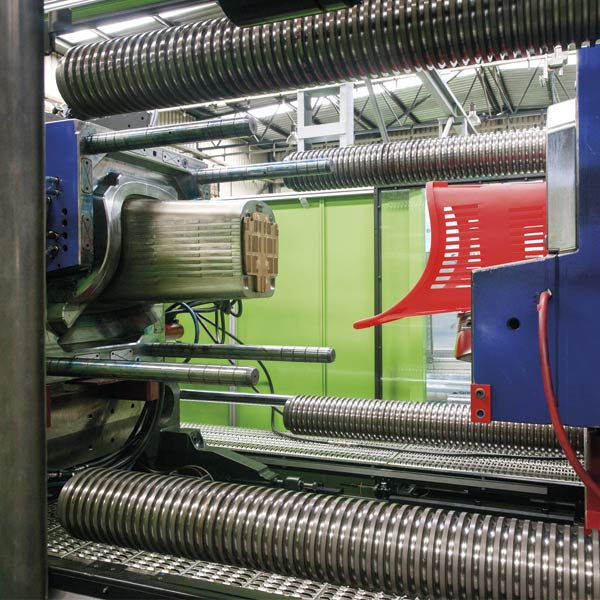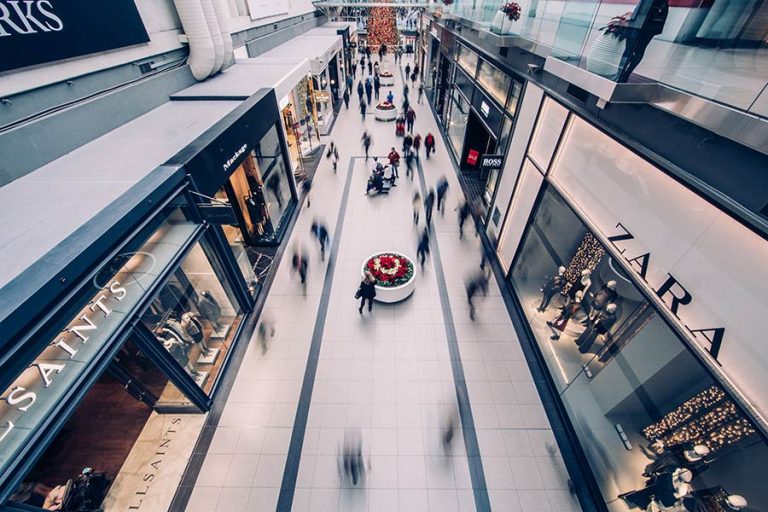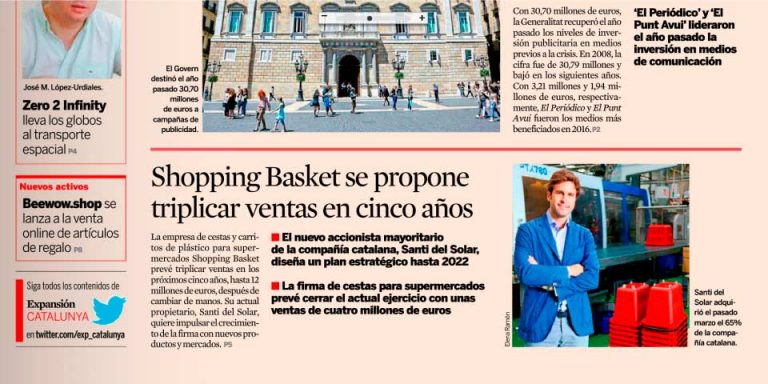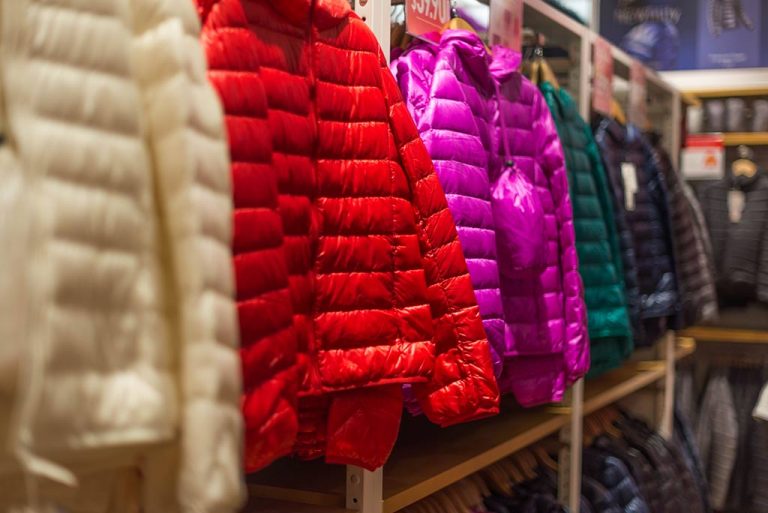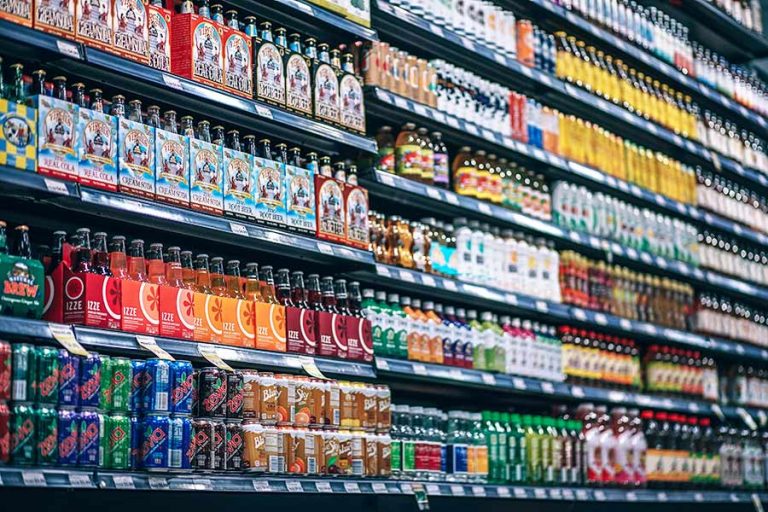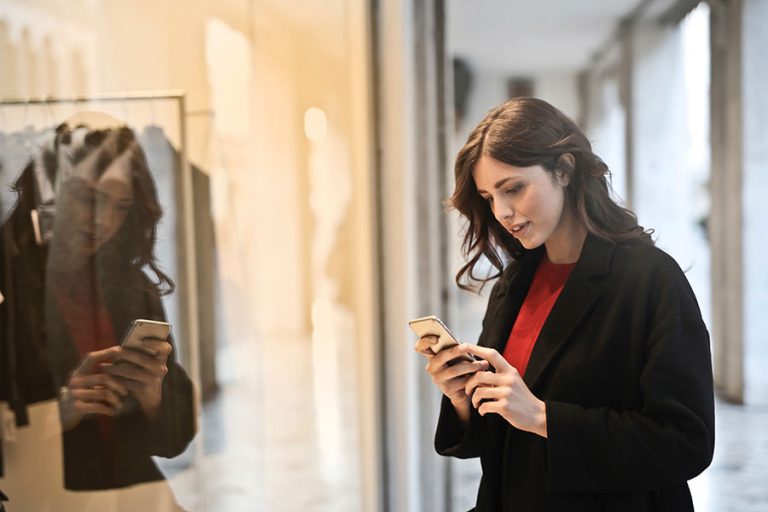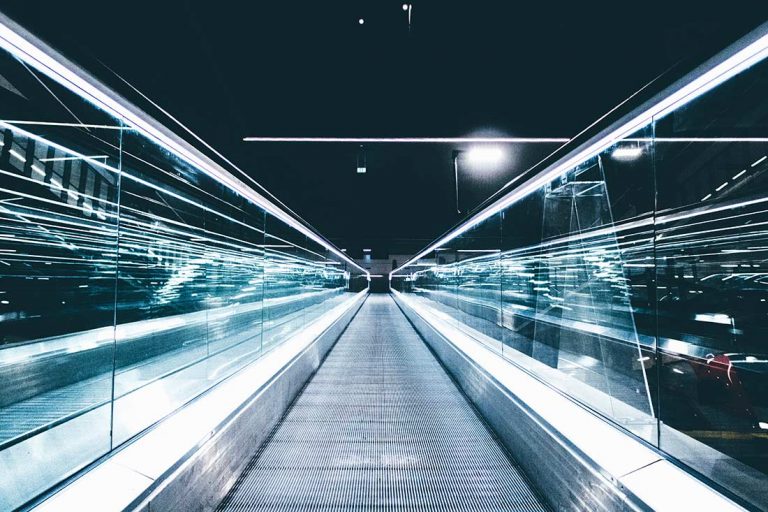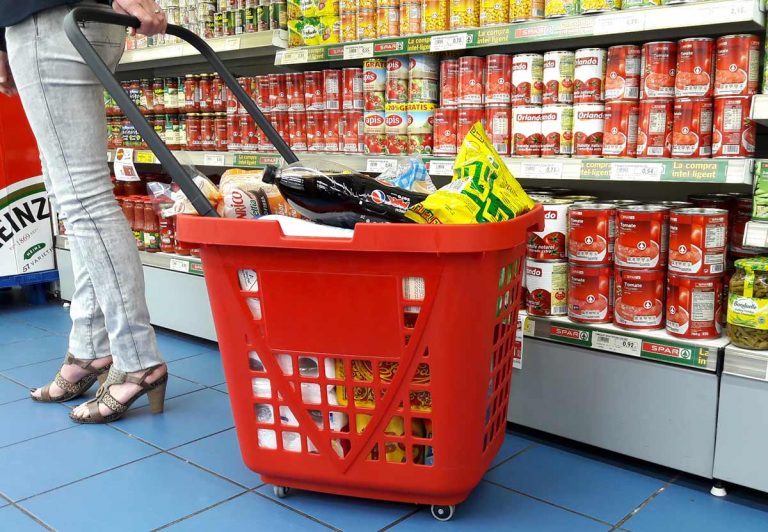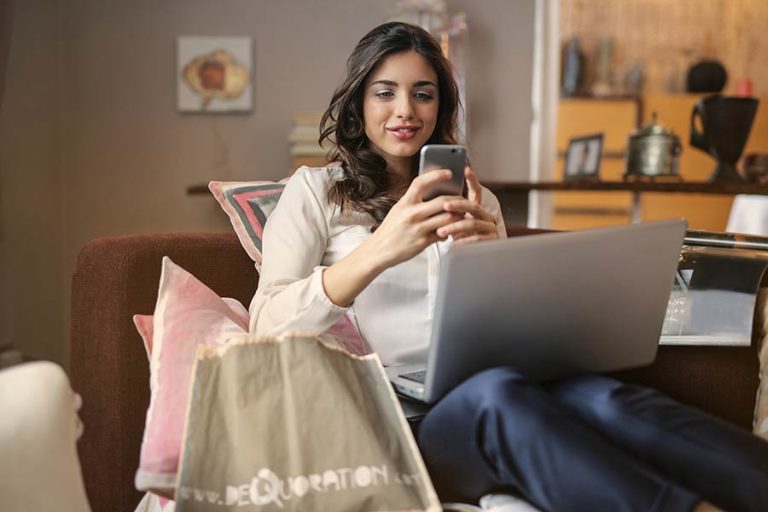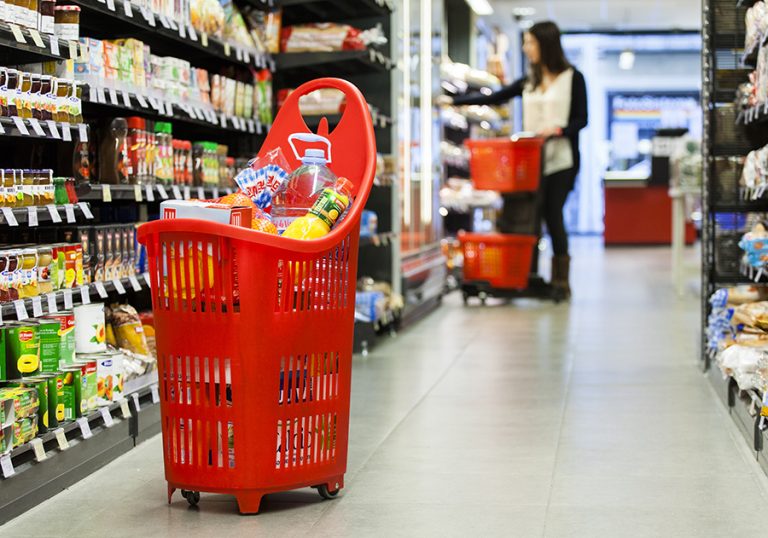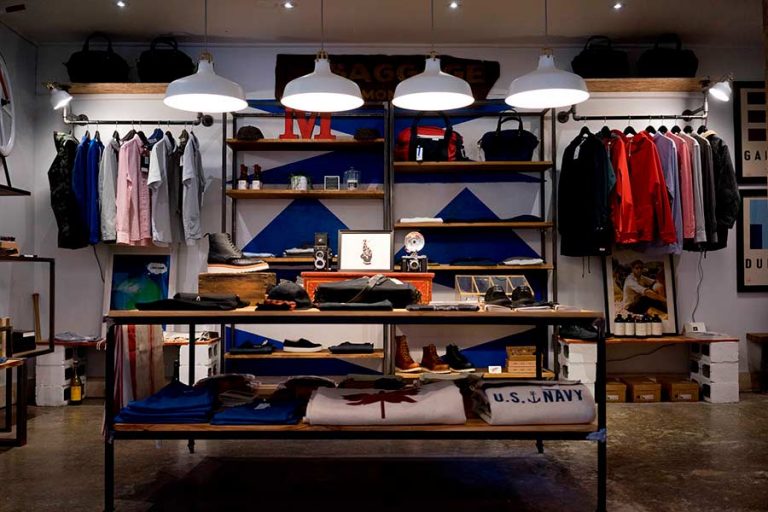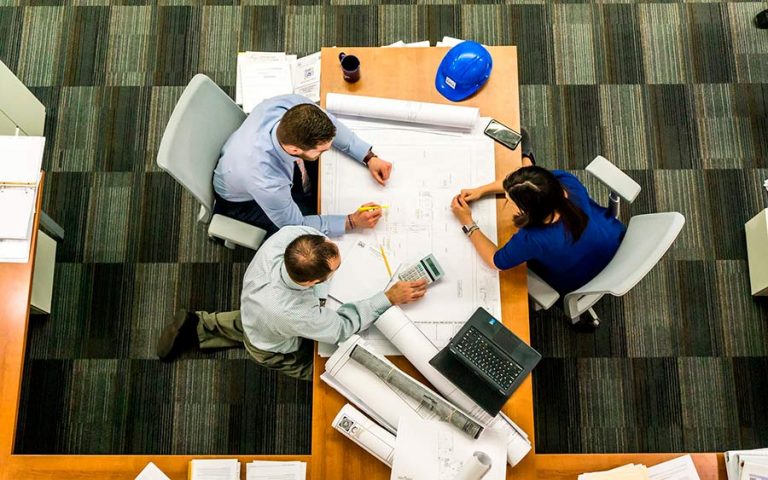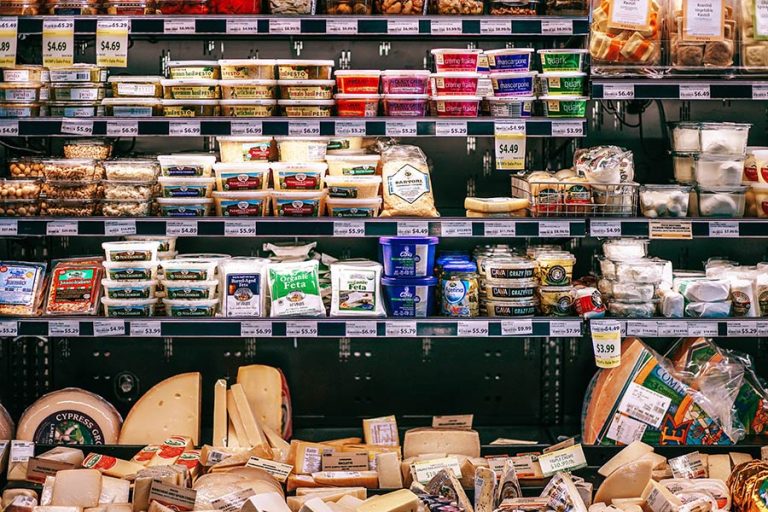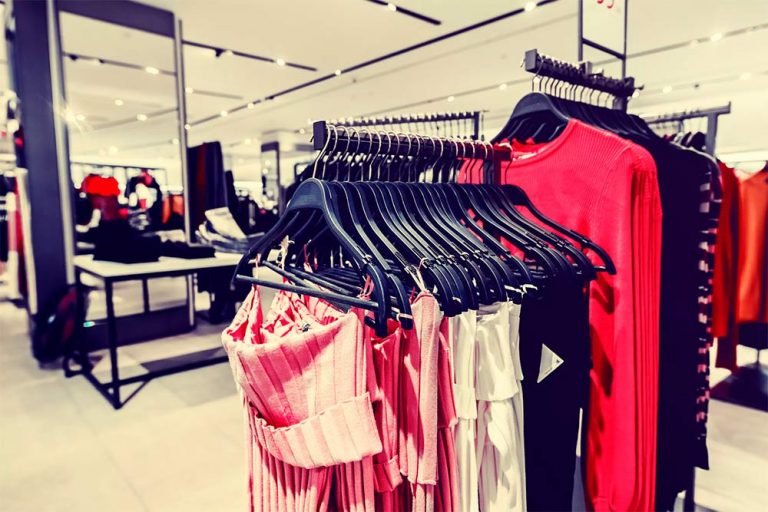What is retail merchandising?
Retail Merchandising is the set of actions that are carried out with the merchandise to be sold in a retail store. The goal of these strategies is to boost merchandise sales through the design and organization of store spaces, merchandise selection, etc.
Inventory management
One of the most important aspects of Retail Merchandising is to offer its customers the products that their customers expect to buy. To do this, we will have to work on the planning, supply, purchase and storage, and display of products.
Planning
When planning the purchase of products, you have to think about the needs of customers. You have to put at your disposal the products you expect to find on the shelves.
In addition, a plan to set up the merchandise will have to be designed. In the same way, it will be necessary to take into account the possible plans of the competition, the objectives to be fulfilled, the pricing of the items as well as the offers and discounts available.
Sourcing
The next thing will be to find the sources of product supply. The factors to consider before choosing a provider are:
- minimum purchase cost to have the best possible profit margins
- supply capacity. It is useless to find a supplier with very low prices if he is not able to supply the quantity of product needed by the retail company. Stock breakage must be avoided in order to minimize sales losses as well as a lousy customer experience.
Purchase
The next step is purchasing merchandise. In addition to knowing how to negotiate the best price to get the greatest benefits, you must have a forecast of the amount of product to buy. If you buy a large quantity to get a better price, it is possible that the product is not sold as expected and that the invested capital is frozen.
Store and display products
The way in which customers come into contact with the product in the store is vital to achieving the desired sales goals. For this, there are specific Retail Merchandising strategies that play with human psychology and ergonomics. Today there are many studies on how to sell more, making the most of every cm2 of store floor.
Other kinds of merchandising
- Product Merchandising
- Digital Merchandising
- Visual Merchandising
- Omnichannel merchandising
¿What is merchandising?
Product merchandising is the set of promotional activities used to sell a product. It can be both offline and online and physical and digital products. It also includes all the promotional actions carried out in the physical store such as self-displays end caps and web design for the online store.
¿What is merchandising digital?
Digital merchandising includes all promotional actions carried out digitally to sell a product online. From email marketing actions, such as SEO, SEM … Every digital marketing strategy is part of it too.
¿What is visual merchandising?
The visual merchandising includes lighting as well as elements such as gondolas and displays to expose products. Its digital application would correspond to web design as well as all multimedia content. The goal of all these elements is to highlight the benefits and advantages of the products offered for sale.
¿What is merchandising omnichannel?
Omnichannel merchandising refers to the cohesive experience that is created through all touchpoints of the customer journey. The idea is to create a 360 experience, in which the transition between the digital and physical world is transparent.
Retail Merchandising Sales Tactics
40% of customers who come with an idea of what they want to buy, change their mind based on what they see in the store when buying. How to achieve it? Follow these tips and increase your billing.
A- Store floor plan
The store plan distribution of all the elements of a physical store plays a very important role in the turnover. We can guide through the organization of these elements, the journey of customers, making them go wherever we want.
Normally you usually work starting from the front of the store. This is the first thing that customer sees when they arrive at the store. It’s where they will have the first impressions of your brand.
For example, a tactic that is always used is to leave about 5 clear meters from the entry of the store. This area is what is known as the decompression zone. This is the physical and psychological transition that the client suffers when entering the store from the street.
B- Product organization
The way of displaying the collection is very important. Products have to make sense to each other. Clients need to have a clear idea of the identity and look of your brand. Mixing products or collections dramatically only confuses buyers.
C- Consider the Customer Journey of your customers
Today, users do not strictly need to go to a physical store to buy what they need. If they do it is because they want to interact with the product in order to add value to the experience.
D- Welcome tables
Upon entering there is always a welcome table highlighting the latest trends or representative events.

E- Price matters
When planning the final costs of the products, it is recommended they end in 5, 7 or 9. Prices ending with these numbers are way better accepted than others.
F- Hot zones
The entrance, the fitting rooms, the checkout area, etc. are hot zones where products sell a lot. Cold areas, that is, those near the exit, should become hot with the tactics discussed above.
G- Gift and packaging products

Giving away products with your brand will make your customers the best ambassadors for your brand. An example of this is the Lululemon yoga clothing brand. The company conducts local advertising campaigns with yoga instructors in the area. In this way, they manage to increase engagement by their loyal fans. The brand has worked its retail merchandise so well that the bags they give away when making a purchase are sold in marketplaces such as Amazon or Ebay for more than 10 dollars each.
H- Music
Music played in a retail store is not chosen at random. On the contrary, it has been studied and aims to impact us so that we buy more. The rhythm and style of music induce different consumption behaviors. Faster music encourages you to walk faster inside the store and the slower ones encourage us to stop more when walking in the store.
I- Lighting
This aspect is very important too. The type of luminaire, the way of projecting it and its temperature generate different sensations
G- Fragrance
It has been shown that flavoring your store with a particular fragrance positively influences the user experience. It is a non-invasive technique that stimulates one of the least exploited senses of all.
Advantages of retail merchandising
Promote sales
By creating a perfect space in which the shopper is at ease, the overall sales of the establishment will increase. Converting cold areas into areas of greater circulation and sales is the main goal. Thanks to the use of traffic maps, areas with little hooks for sale can be located. The idea will be to increase their sales.
Influences shopper’s time of stay
One of the goals is to keep customers as long as possible in the store. If it happens, it would mean that they are comfortable and are enjoying their purchase, which may encourage them to spend more.
Speeds up product rotation
Establishing how products need to be displayed at the POS will make the product rotation faster. It is normally done with great detail like how high and where each product should go.
Maximization of star products, magnets and momentum.
Strategically positioning these products will help increase your business turnover. Each of them has to be treated differently:
STAR PRODUCT
This product will be the one that sells the most or leaves the most profit margin. A tactic that is usually used is to place it away from the entrance so that customers who come looking for it pass through other collections before finding it.
MAGNET PRODUCT
The magnet products are those that attract the attention of customers as they are striking even if they are not the best-sellers. A good place to set them is the front of the displays. In this way the user will surely be attracted to the display, so placing other products around them can increase their sales.
MOMENTUM PRODUCT
These products are those that we had not planned to buy but that we ended up buying. They are usually located near the checkout area or wherever we stand in line. They are striking, small in size, and low in price so it does not take much reflection to acquire them. An example would be socks, jewelry, hair accessories, etc.
Increase in sales of non-visible products
As we said before, using certain products that generate interest to sell others that are not, is a widely used tactic.
There are a lot of retail merchandising techniques that can increase your store sales. You can complement this reading with our post on Trade Marketing and start increasing sales.



 Sign up for our newsletter and be the first to receive our articles!
Sign up for our newsletter and be the first to receive our articles!